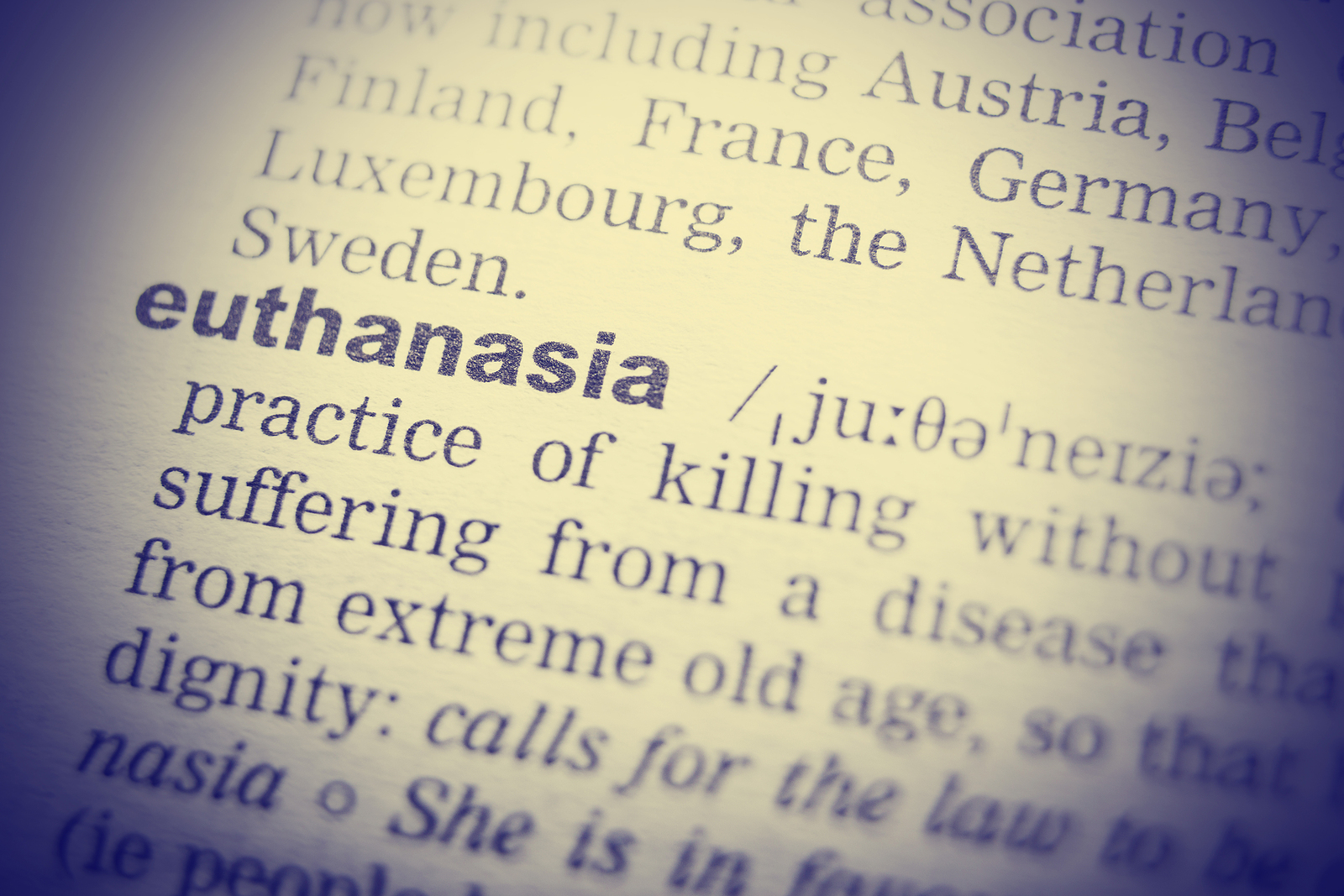
Anscombe Bioethics Centre releases position papers on euthanasia
The Anscombe Bioethics Centre in the UK has commissioned several briefing papers on to clarify the issues at stake in debates around the world about legalised euthanasia and assisted suicide. The centre approaches end-of-life care from a Catholic angle, but its essays are thorough and well-researched. These are the latest three:
Defining the Terms of the Debate: Euthanasia and Euphemism. David Albert Jones calls for precision. The words used to describe deliberate ending of life. Apart from euthanasia and assisted suicide, there are acronyms such as VE, NVE, PAS and EAS and terms such as right to die, death with dignity, end of life choice, medical aid in dying, and assisted dying. Most of these introduce “ambiguity and sanitised euphemism where precision is important,” he writes:
“All these new terms are question-begging. They imply that EAS [euthanasia or assisted suicide] is a legal or human ‘right’, that it always or typically provides ‘dignity’, that it is an authentic or beneficial ‘choice’, that it is properly ‘medical’, and that terminating someone’s life is ‘assisting’ them through the dying process. These implications are not generally accepted other than by those who are already in favour of the legalisation of EAS. These terms are euphemisms in that they deliberately avoid making explicit what distinguishes EAS from other deaths.”
Voluntary Euthanasia & Physician-assisted Suicide: The Two ‘Slippery Slope’ Arguments. The “slippery slope” is often derided as a logical fallacy. John Keown, of Georgetown University, a world expert on the legal philosophy of euthanasia, believes that the logical slippery slope and the empirical slippery slope are both real.
From a logical perspective, a right to voluntary euthanasia quickly slides into non-voluntary euthanasia because there are people who are terminally ill but unable to express their wishes. Nor is the word “terminal” have a clearly defined limit. Isn’t it discriminatory to permit euthanasia for “terminal” patients, but not for chronically ill patients?
From an empirical perspective, Keown refers to the cases of Oregon and the Netherlands. “Even as a purely practical matter, [voluntary euthanasia] resists effective regulation.”
“ … even if precise guidelines could be drafted, how could they be enforced? Laws enacted hitherto, such as those in the Netherlands and Oregon, rely largely on self- reporting by physicians after the event. As one leading euthanasia advocate has admitted, this is like enforcing the speed limit by relying on drivers to report their own infractions.”
First, Do No Harm: How Canadian Law Allows for Medical Aid in Dying (MAiD) for Patients with Psychiatric Disorders. Psychiatrist Mark S. Komrad says that a recent amendment to Canada’s euthanasia legislation has shocked mental health professionals and alarmed disability advocates and First Nations peoples.
“This represents a remarkable shift in the deep ethos of psychiatry, in which psychiatrists would have to decide which suicides should be prevented and which should be abetted. It also has a severe effect on psychiatric patients now have much longer than that in Canada to get psychiatric consultation, treatment, and other resources in Canada, which of course affects less privileged patients who have greater difficulty in accessing needed care.”
3 thoughts on “Anscombe Bioethics Centre releases position papers on euthanasia”
Comments are closed.

A video in which I speak with an interviewer from Anscombe, about why psychiatrists should oppose Euthanasia and Assisted Suicide, can be found here:
https://youtu.be/-BrNEkHVGtY
Dr. Mark Komrad
A video in which a speak with an interviewer from Anscombe , about why psychiatrists should oppose Euthanasia and Assisted Suicide, can be found here;
https://youtu.be/-BrNEkHVGtY
Dr. Mark Komrad
Many thanks for this valuable information, Mr. Cook. My colleague, Dr. Komrad, has made many of the same points in his writings and talks, and it is gratifying to see the Anscombe Centre taking this clarifying stance.
Ronald W. Pies, MD